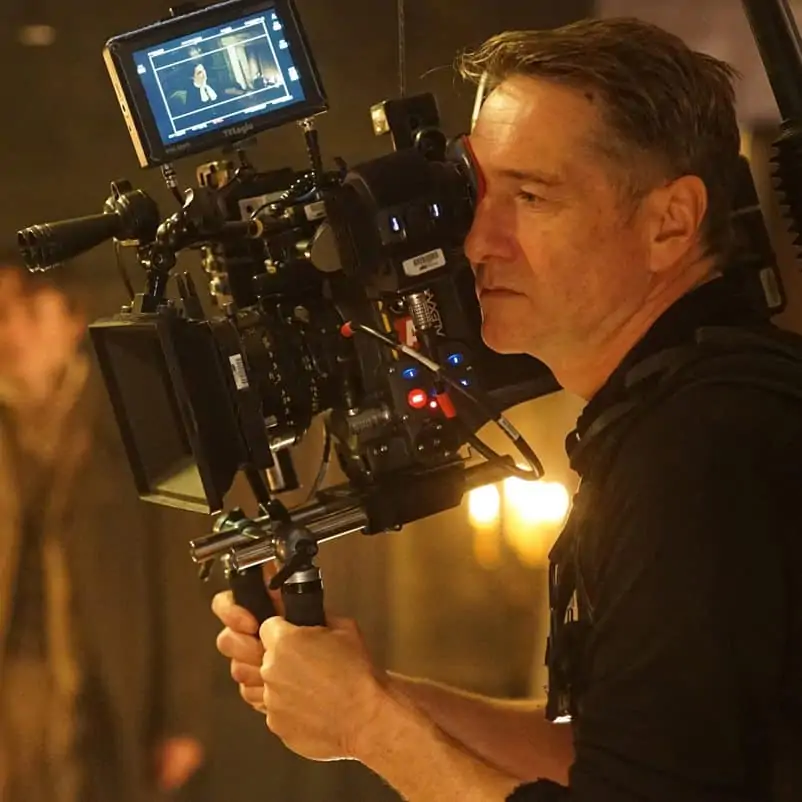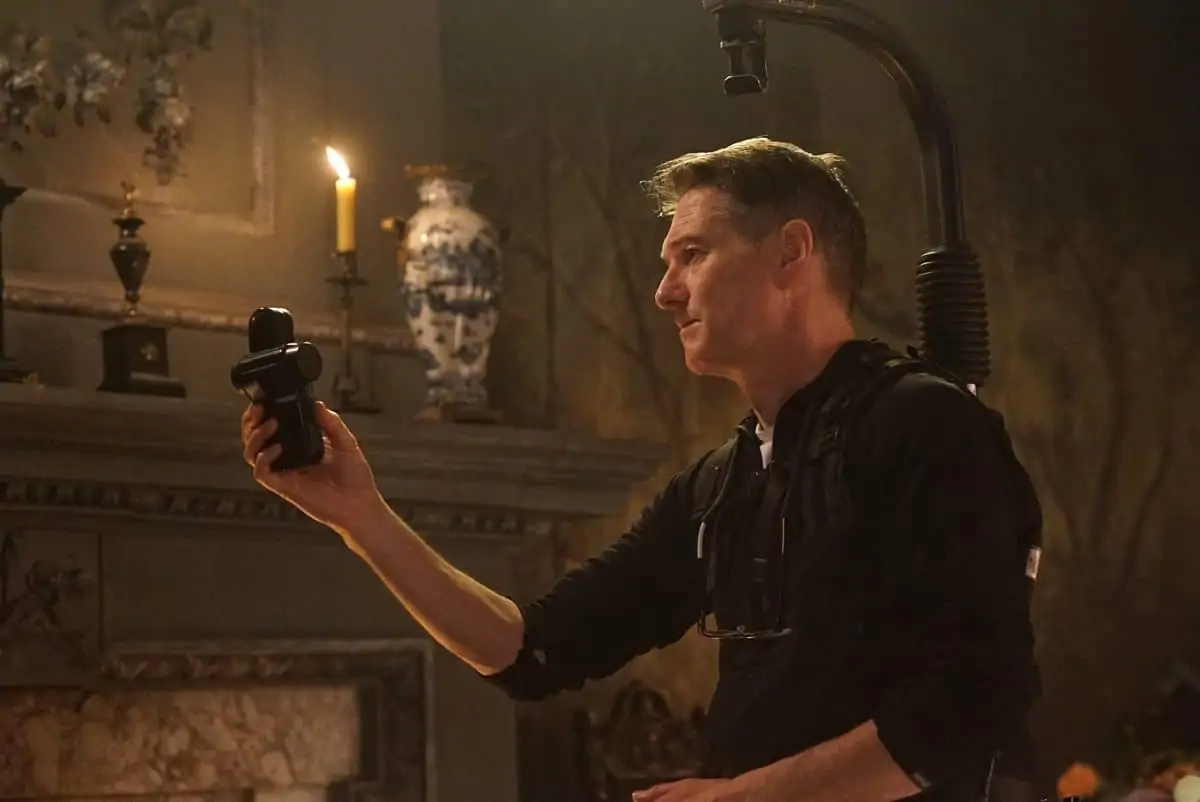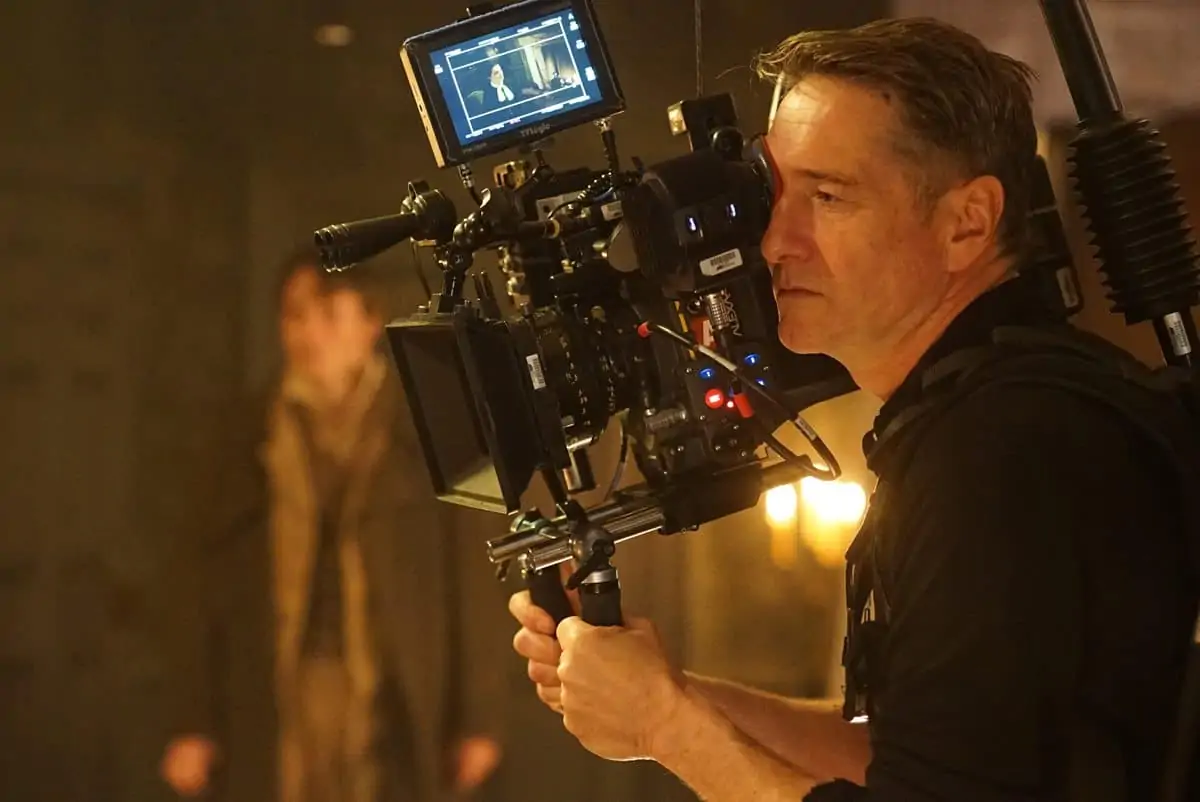Call of Duty
President's Perspective / Mike Eley BSC
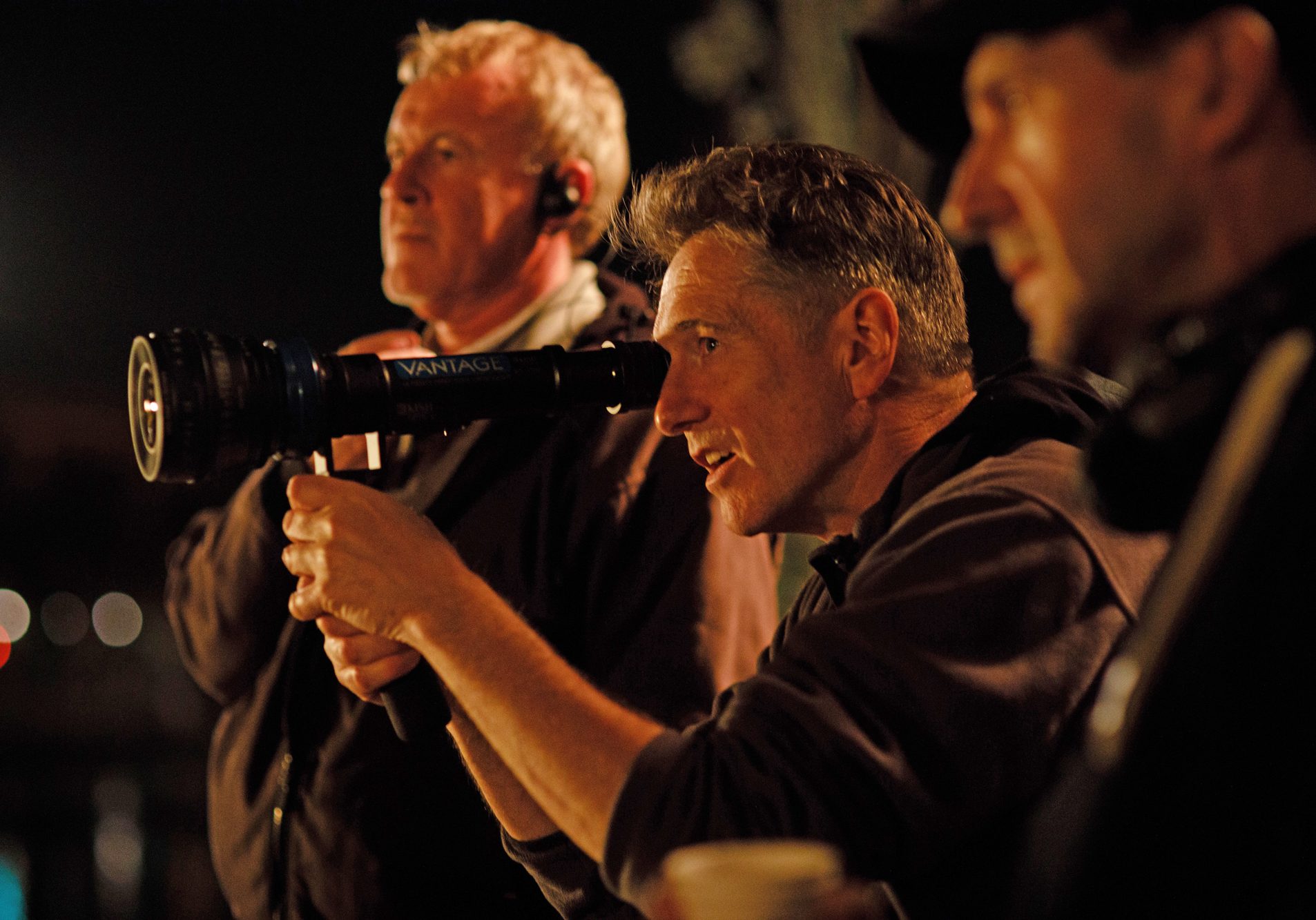
Call of Duty
President's Perspective / Mike Eley BSC
At last year's BSC Summer Lunch, I was seated next to Billy Williams OBE BSC. It would, in any event, be a pleasure to be in conversation with one of the society's most esteemed members and a true gent to boot. But our conversation that day raised a particularly interesting point that stayed with me.
We were talking about prep time on movies, and Billy told me that when he worked on Ken Russell's 1969 film Women In Love, for which he was nominated for both a BAFTA and an Academy Award, he was only given one week of lead-up time. He also went on to say that in those days such short prep periods were not at all uncommon.
Billy's words came back to me during the first few months of this year when I found myself prepping two projects at the same time - one a little 'softer', admittedly, than the other, but nevertheless - and setting out on the road to the promised land known as 'principle photography'.
It has long been the complaint that DPs are brought on to a project late, often so much so that they have been denied involvement in crucial decisions relating to locations and/or the means and spec of image capture. You want to shoot on film? Sorry, the numbers have already been done and the workflow established. No going back. Oh, and by the way, it has to be shot at 4K.
One can't help thinking that things were simpler in Billy's days. The choice of medium was a given and the range of cameras available was, if not limited, at least not mind-numbingly vast. Even assembling one's crew would have been relatively easy compared with today's hyper-busy, pencil-dominated industry.
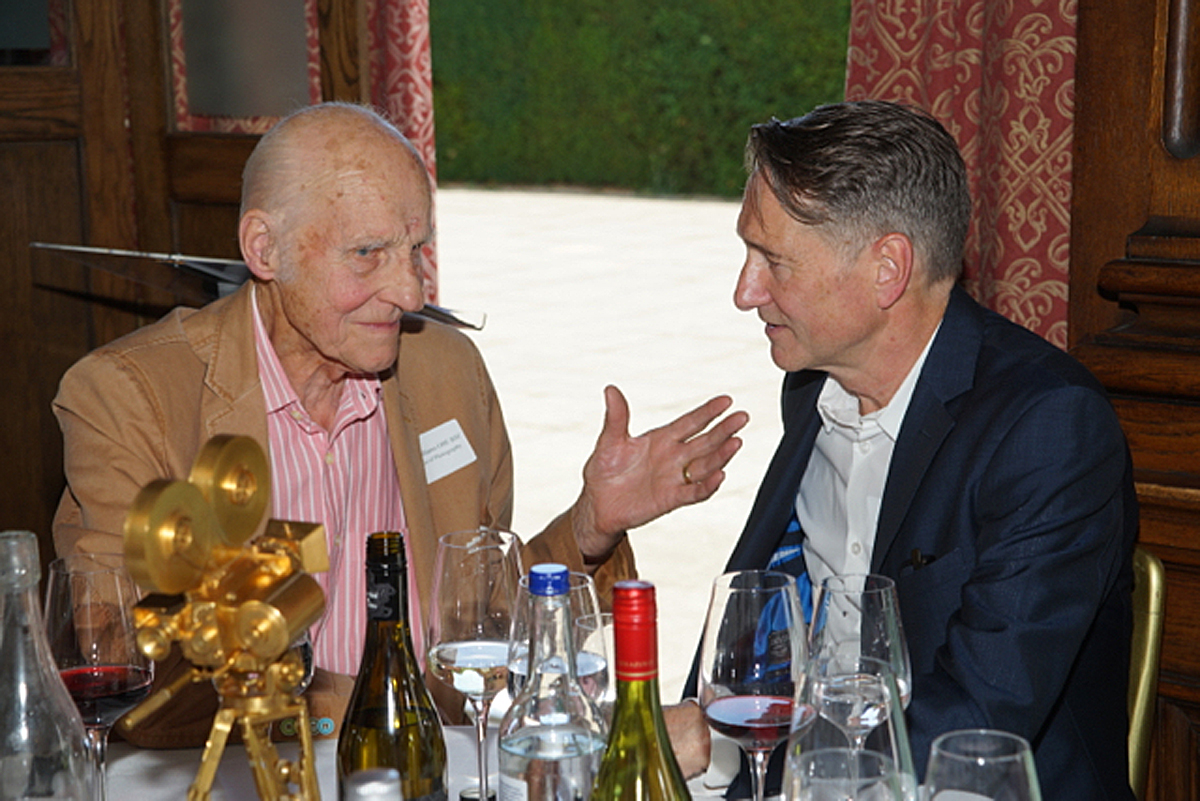
But what else has changed since the late 1960s? There isn't enough room in this column to catalogue all the extensive changes that have occurred in our industry during the last 50 years, but it's worth pausing to consider the changing role of the cinematographer and their sphere of influence these days. Or lack of.
What's the average prep time for a movie these days? Two weeks? Four weeks? Several months? It depends on the size of the project, for sure. Films that are heavily reliant on VFX, with numerous locations, or shot across many countries, are bound to need more time. But ambition is something that all projects set out with, and with ambition comes vision - or should that be previsualisation.
I think it's one of the most understated and least-commented things of a cinematographer's skill-set; the ability to see the film in the round. That's not just envisioning the perfect shot to tell a particular beat of the story, but also knowing the technical and logistical means by which that shot can be achieved, anticipating the knock-on effects regarding shooting hours, turnaround times, etc.. In short, the whole damn circus. We are, if you like, the umbilical cord connecting the director's creative ambition with the production office that is nervously calculating overtime and an actor's demand for portal-to-portal punctuality.
"Marginalisation is a continuing problem for the DP, seen most dramatically in their frequent absence, or limited access to, the grade. But it can happen as much at the beginning of things too. Projects can go off half-cocked, and the DP is meant to save the day with inventive and money-saving solutions to intractable problems."
- Mike Eley BSC
The US-backed productions are renowned for throwing money at the problem. UK-backed projects, however, are tight from the get-go, especially those budgeted below £10m say, the workhorses of the British film industry. And here is where the push/pull, and often contradictory impulses, come to the fore. Production needs the DP and yet they'll sometimes do almost anything to keep them at arm's length.
But this is when the cinematographer goes the extra for the film, for the director, and devotes hours of time, often unpaid, to the project. The personal collaborations are forged during that precious time of gestation. Marginalisation is a continuing problem for the DP, seen most dramatically in their frequent absence, or limited access to, the grade. But it can happen as much at the beginning of things too. Projects can go off half-cocked, and the DP is meant to save the day with inventive and money-saving solutions to intractable problems.
Perhaps the most often asked questions I hear when talking to students are, "How did you prepare for that particular thing you did?", or "What conversation did you have with the director that sent you down that route?", and "What was the decision making process?" Well, first of all, have your Plan-A and Plan-B. Even a Plan-C. But only so you can ditch all three on the day and do something completely different. The ability to do that comes from the experience of oversight, creating as an artist but being aware too, via collaboration, of all the moving parts.
There are times when I can convince myself that prep is the best part of the filmmaking process. It is a time of possibility, of dreaming and imagining the absolute best version of the intended film. One knows that harsh reality, pragmatism and compromise are just around the corner but, for now, all is good and a time to, if you like, renew one's vows. And like its marital equivalent, a reminder that nothing - and no one - should be taken for granted.
Mike Eley BSC
President
British Society Of Cinematographers








